We may take better care with our car tires than our feet. We rotate the tires regularly; we switch them out with uneven wear and also replace them at a certain mileage. For the average adult, the 100,000 milestone for the feet comes around the age of 50, according to the American Podiatric Medical Association. At this point, while not possible to switch out your feet, it might be a great time to evaluate the status of several different parameters related to your feet.
SHOE SIZE CHANGES. To some, it might appear that the feet are “growing”; they could be changing size, but not by growth. We have 107 ligaments in our feet. With age, these ligaments tend to stretch with wear and tear allowing movement of the joints to occur which can contribute to flatter arches or wider feet. If you have not had your feet measured (while standing) in quite a while, it is recommended. You might find added foot comfort with a half size bigger.
TOENAIL FUNGUS. However cute Digger the Dermatophyte was on commercials a few years back, there is nothing appealing about toenail fungus. This abnormal appearance of nails can be yellow, thick, and crumbly. Treating toenail fungus early prevents spread to other nails, allows more comfort to your toes now and in the future, and helps prevent spread of the fungus to the skin. Toenail changes can also be a window to diagnosing other problems in the feet, too.
CIRCULATION. Getting the circulation down to the feet is the longest route the blood travels in our circulatory/ arterial system. As the population is living longer, it is becoming more common that circulation changes can be diagnosed in the feet. There are two pulses in each foot. These can be easily tested at an office visit. Other easy testing is also available in the office to better understand the circulation status of your feet, such as an ankle brachial index.
NERVE PROBLEMS. A pinched nerve between your toes is very uncomfortable. This can feel like a “wad of sock” in your shoes, and may be diagnosed as a neuroma. Other nerve problems can be diagnosed with a nervous system exam on your feet and legs. Neuropathy or abnormal feeling to your feet can cause burning, sensitivity to light touch or even complete lack of feeling in your feet.
STRUCTURAL. While flat feet may be easily recognized, other foot problems can be just as problematic. Hammertoes, bunions, bone spurs are more common to see in our middle age and later. This can challenge shoe fit, comfort and performance.
GENERAL. As we age, we tend to lose the natural cushioning to our feet. Carrying extra weight on your frame may also affect the padding earlier. Therefore, the shock absorption and overall comfort may decline. Corns and calluses may occur related to newly created pressure points due to lack of padding. Specific shoe recommendations, medical grade insoles and brand specific socks can all impact comfort related to this problem.
In summary, foot problems reduce mobility. Less walking may occur, reducing independence and leading to a cascade effect on your overall health. Feet are vital to health through mobility and support.
Dr. Stacey Clarke is a podiatrist and Muscle Activation Technique specialist. She combines 26 years of traditional medicine with this complementary modality for integrative care. Dr. Clarke can be reached at (760) 285.7723 or visit www.footdoconfoot.com.





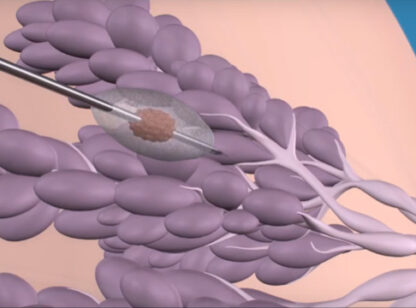
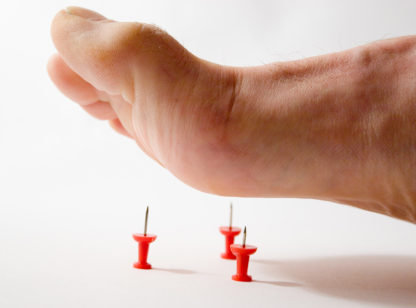
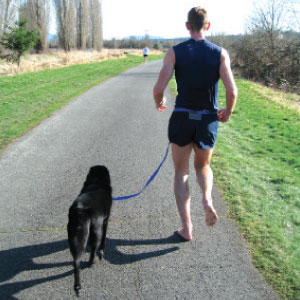

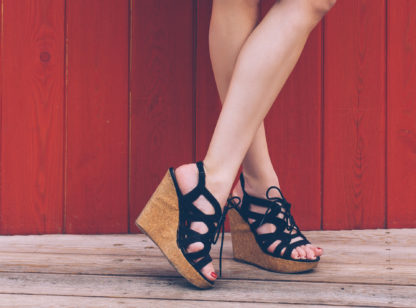
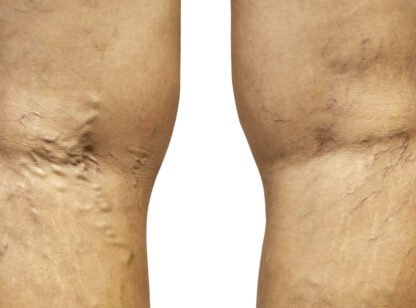

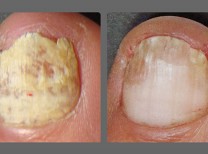

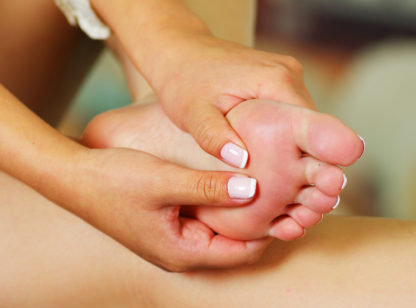





























Comments (0)